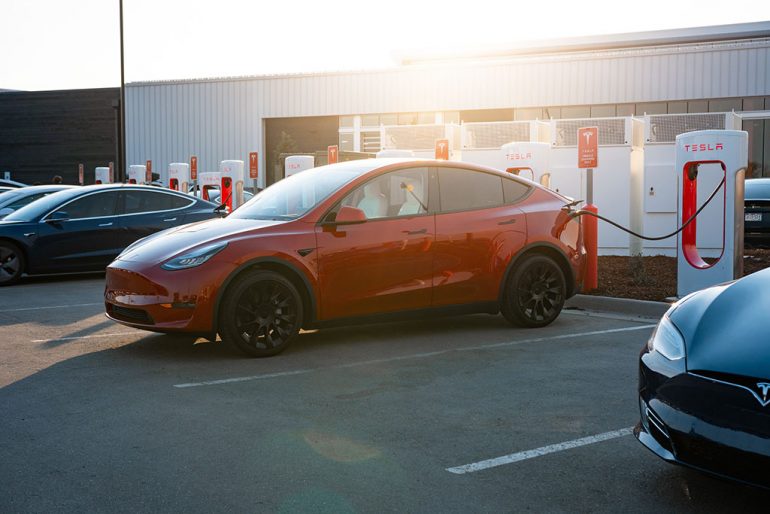
Historically, Tesla has faced criticism for issuing range estimates that were perceived to be higher than the actual capabilities of its cars. Last year, a Reuters investigation revealed that Tesla allegedly manipulated the algorithm controlling in-dash range estimates about a decade ago. The company was accused of creating a secret team in 2022 to suppress driving-range complaints and cancel owners’ service appointments related to range issues.
In October, Tesla disclosed that federal investigators had subpoenaed the company for information regarding its vehicles’ driving range. The driving range is a crucial selling point for Tesla and other electric vehicles in the U.S., where concerns about the lack of public charging infrastructure contribute to consumers’ hesitancy towards battery-powered cars.
As part of the new rules, automakers are now required to test EVs for driving range and fuel efficiency in their default driving mode—the mode the car uses when initially turned on. Many modern vehicles, including Teslas, offer various driving modes that optimize either efficiency or power.
Tesla has recently lowered the driving range estimates for different variants of its Model X, S, Y, and 3 vehicles, according to a Reuters review comparing current marketing pages on its website with archived versions and range estimates for 2023 models on a U.S. government site.
The new testing rules mandate automakers to test EVs in their default mode, and if a default mode doesn’t exist, to test the vehicle in its best-case and worst-case modes, averaging the results. Tesla’s website does not specify a model year for the estimated ranges listed.
Tesla’s range adjustments vary, with some being slight and others more significant. For example, the Model Y Long Range’s estimate was reduced from 330 miles to 310 miles on Tesla’s website, while the government’s site still lists it at 330 miles. The Model Y Performance variant saw a decrease from 303 miles to 285 miles.
Tesla’s driving modes, such as “Chill” mode for efficiency and better range, have been highlighted in the owner’s manuals. However, Tesla has not commented on whether it used such efficiency-geared settings during testing.
The Environmental Protection Agency (EPA), responsible for regulating automakers’ advertised fuel-economy and driving-range estimates, did not provide specific answers to questions about the rationale for the testing rule, its impact on Tesla and other automakers, or whether it had certified Tesla’s new range estimates.
Automotive experts have welcomed the changes, stating that the reduction in range estimates is a necessary step towards providing consumers with a more accurate reflection of a vehicle’s actual travel distance on a single charge. Some critics argue that Tesla’s previous estimates were more than 30% optimistic compared to real-world ranges.
While Tesla is a prominent player in the electric vehicle market, other major automakers like Ford, General Motors, and Hyundai have not adjusted their range estimates in response to the new EPA rule, according to statements from Ford and the lack of immediate comments from GM and Hyundai.
Tesla’s decision to lower EV range estimates aligns with new government testing regulations and aims to address past concerns about overstated range figures, providing consumers with more realistic expectations for their electric vehicles.
Source: Reuters

Mike Floyd is a finance executive by trade and a car enthusiast at heart. As a CFO with a keen eye for detail and strategy, Mike brings his analytical mindset to the automotive world, uncovering fresh insights and unique perspectives that go beyond the surface. His passion for cars—especially his favorite, the Porsche 911, fuels his contributions to Automotive Addicts, where he blends a love for performance and design with his professional precision. Whether he’s breaking down industry trends or spotlighting emerging innovations, Mike helps keep the site both sharp and forward-thinking.